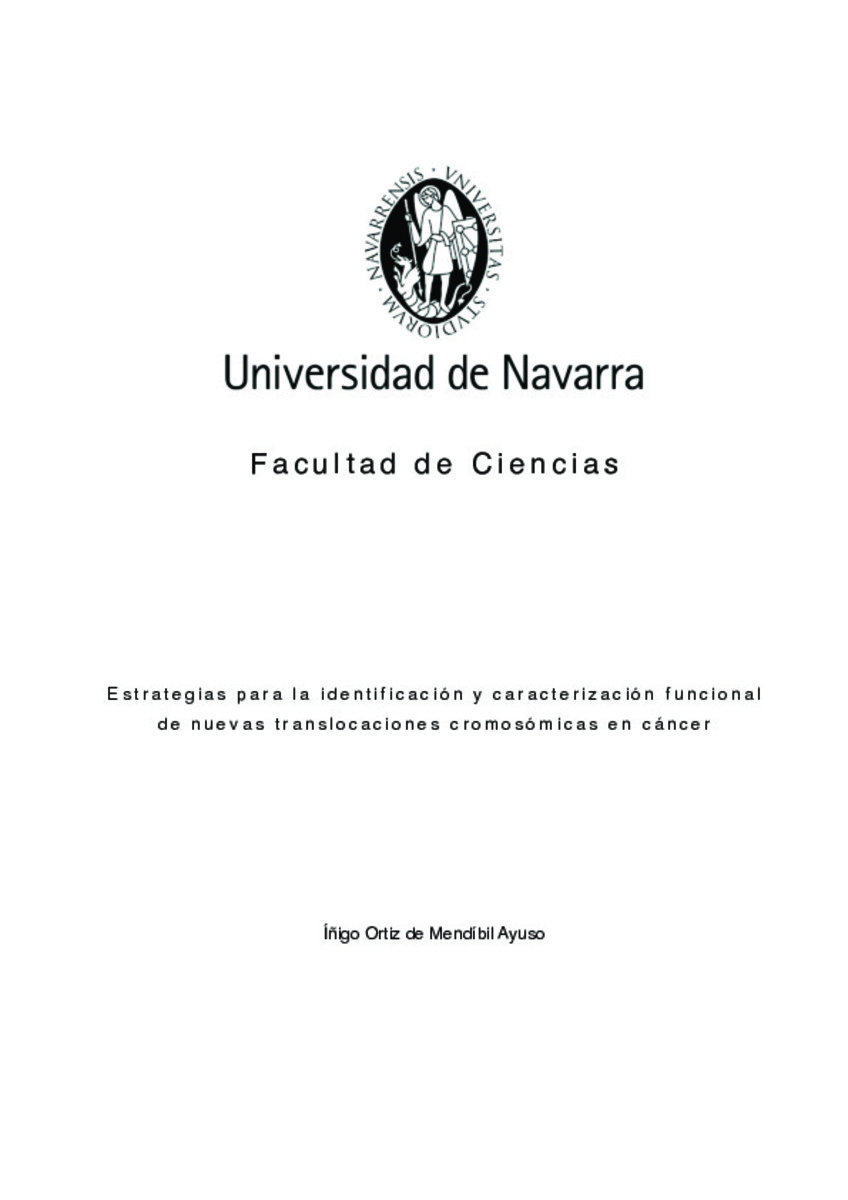Estrategias para la detección y caracterización funcional de nuevas translocaciones cromosómicas en cáncer
Keywords:
Materias Investigacion::Ciencias de la Salud::Genética
Publisher:
Universidad de Navarra
Citation:
ORTIZ DE MENDÍBIL AYUSO, Iñigo. “Estrategias para la detección y caracterización funcional de nuevas translocaciones cromosómicas en cáncer”. Novo Villaverde, Francisco Javier. Tesis doctoral. Universidad de Navarra, Pamplona, 2012
Statistics and impact
0 citas en

0 citas en

Items in Dadun are protected by copyright, with all rights reserved, unless otherwise indicated.








